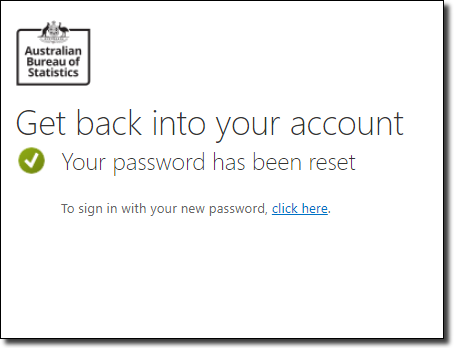Logging into the portal and workspace
Logging in, launching your VM, first time use/new phone steps, resetting your password
Instructions for logging into DataLab:
- Log into the DataLab portal - access information and settings related to your profile, project and start your virtual machine (VM)
- Launch the VM - access the project, you and your project team members can view data, run analysis and prepare reports or data outputs for clearance
Note: For security reasons, user accounts will be automatically disabled after 45 days of inactivity and access to your virtual machine(s) will be suspended. The project and all associated data remain unaffected. Notifications are sent by email 14 days and 3 days prior to the account being suspended. You will need to log into the DataLab portal within the 45 days to avoid automated suspension. To reactivate a suspended account, contact info@mydata.abs.gov.au.
Log into the DataLab portal
Enter your account details into the DataLab log in page.
If you are logging in for the first time, for system security you will need to authenticate your log in using the Microsoft Authenticator app on your mobile phone. To set this up, see First time use/new phone steps.
For returning users, click on your account (firstname.lastname@mydata.abs.gov.au) or use another account and enter your account name. All DataLab accounts use the @mydata.abs.gov.au domain format. Enter your password and Sign in.
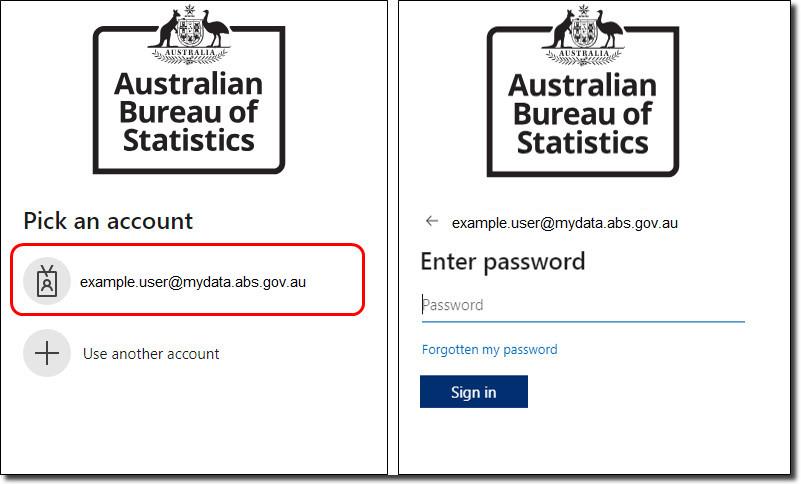
By logging in you agree to these conditions:
Important Notice
If you are not authorised to access this system, exit immediately. Unauthorised users may be subject to criminal and civil penalties.
This is an Australian Government computer system. Part 10.7 of the Criminal Code Act 1995 outlines the penalties that may apply for unlawful use of Government systems including unauthorised access, modification or impairment of computer systems, data or electronic communications. The Act provides penalties of up to 10 years imprisonment for such offences. By proceeding, you are representing yourself as an authorised user and acknowledge you have read and agree to comply with the Responsible Use of ABS Microdata User Guide. Your activity will be logged, monitored and investigated should any misuse be suspected.
Sanctions ranging from a reprimand to revocation of access or termination of employment may be imposed if misuse is determined.
Once you have entered your credentials and hit ‘Sign in’, a notification from the Microsoft Authenticator app is sent to your phone and asks you to perform a “number match”. Enter the numbers shown on your browser screen into the authenticator app on your phone to proceed.
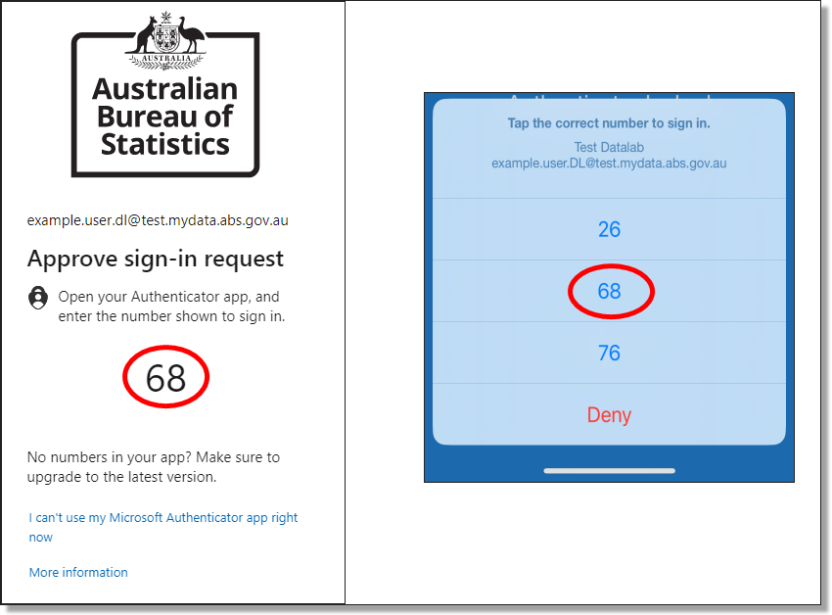
If you don't approve within the time limit, click ‘Send another request to my Microsoft Authenticator app’. If the request expires, re-enter your account and password in the DataLab log in screen.
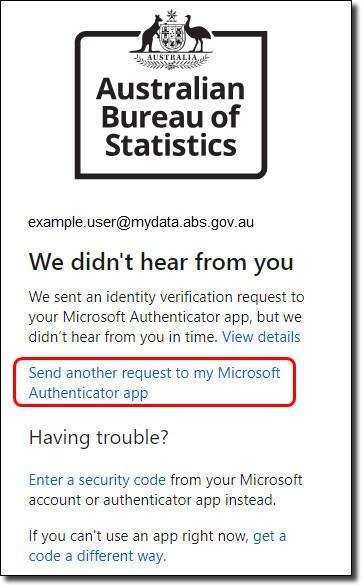
You can also change the way you approve the sign in request by selecting "I can’t use my Microsoft Authenticator app right now".
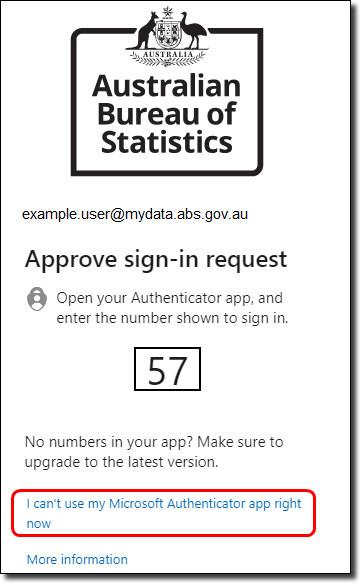
You then have two options:
- approve a request on your phone app
- use a verification code from your phone app
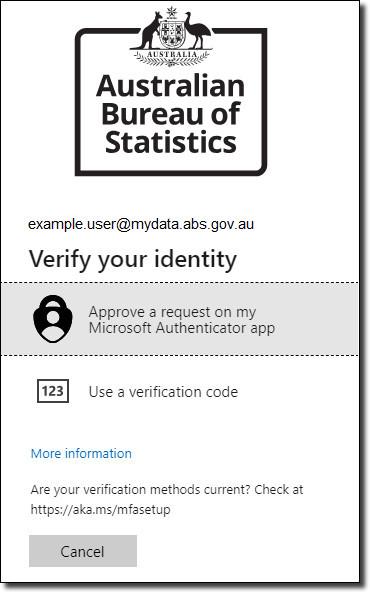
After you approve the login in the Microsoft Authenticator application, you are logged into the DataLab portal.
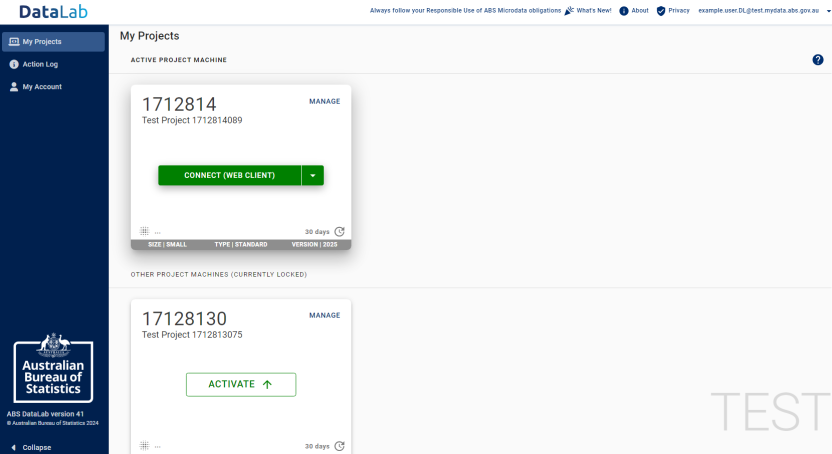
Launch the VM
To enter your DataLab project workspace you need to:
Step 1 Activate your VM
Each project VM is displayed on individual tiles, with your “active” VM appearing at the top above those that are “locked”. For more information about your VMs, see Functions in My Projects.

Each project has a separate VM and you can only access one project VM at a time. If your machine is already available to launch, skip to Launch your desktop.
- If not, click the ‘Activate' button as shown below and wait until the ‘Connect’ button appears.
- If your machine shows a status other than ‘Connect’ or ‘Activate’ you must rebuild the VM first. See VM management options for more information.
Click on the ‘Activate’ button of the VM you want to launch.
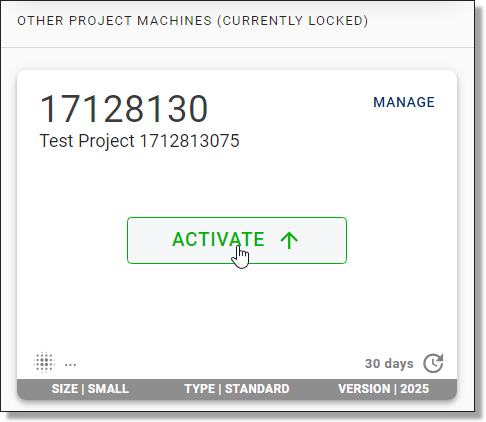
If you have a VM for another project that is currently active, this logs you out of your other session. If you have a program running in your Workspace using another VM, this will stop the program. You can only run multiple VMs if you have requested and are using offline local disk space.
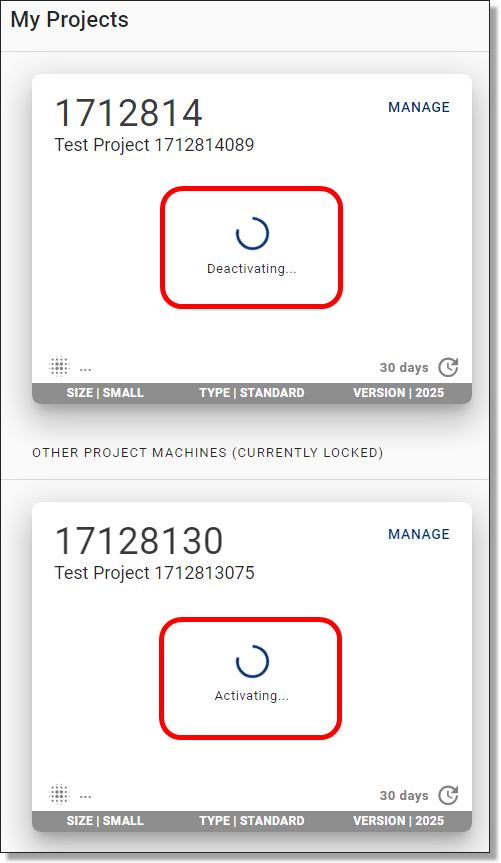
As shown below, you can track the VM activation progress by either selecting 'Track' from the pop up notification or from the action log icon on the left navigator.
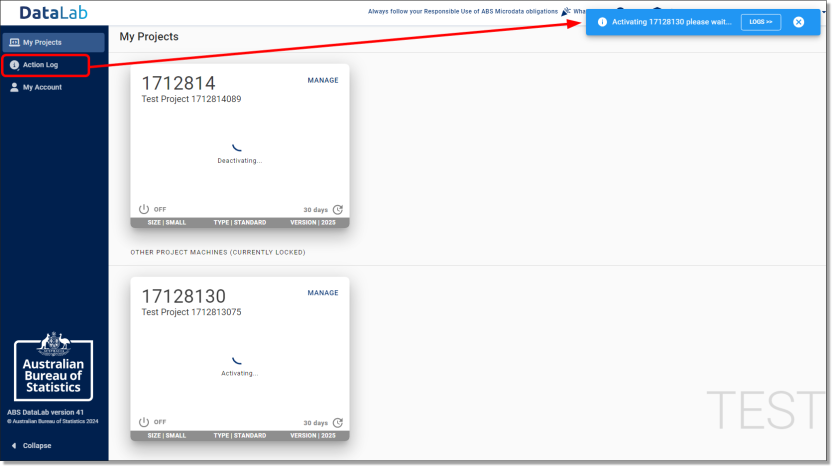
When the VM activation completes, an additional pop up notification confirms that the action was successful. If the action fails, repeat the above steps to activate.
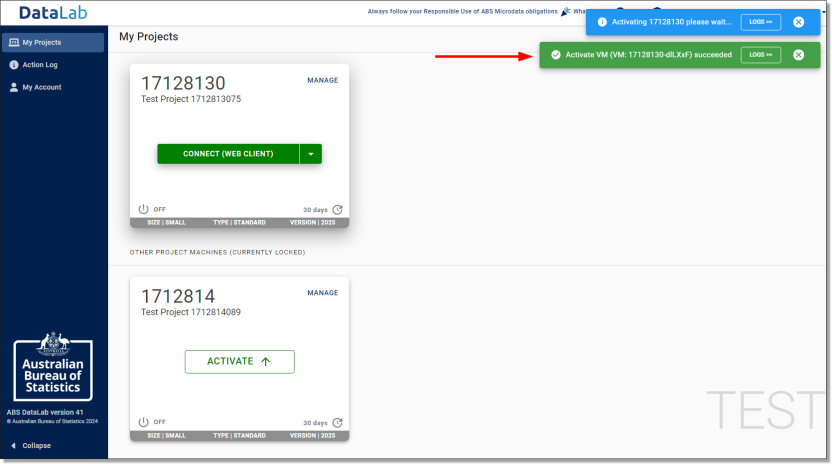
If you navigated to the Action Log page, select the laptop icon named 'My Projects' in the left navigator to return to the 'My Projects' page.
Step 2 Launch your desktop
Launch the VM by clicking the ‘Connect’ button on the active VM tile.
Prior to launch, you will have a choice of the type of connection you wish to utilise from the drop-down menu, as shown in the image below. Azure Virtual Desktop (AVD) provides the option to select between a web browser user experience OR downloaded application if required (via the 'Remote Desktop client').
Note: If you want to use multi-screen functionality, we advise you connect via the 'Remote Desktop Client' for Windows version. This version may also improve connection stability and VM screen resolution.
Image
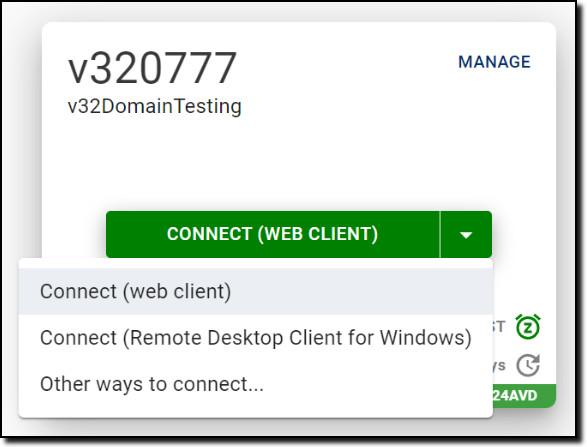
Description
This image shows three options from the drop-down menu when selecting ‘connect’ to launch your AVD VM. The first option is “Connect (web client)”, the second is “Connect (Remote Desktop Client for Window)”, and the third option is for “Other ways to connect”, which will bring up another menu to show other launch options.
Connect (web client) option
If you are connecting to the 'web client' version of AVD, a new browser page will launch, showing the settings screen below. This window may have slightly different options for each device. There is no need to change any of these settings. Press ‘Connect’ to continue.

You will then be asked to log into your VM using your DataLab credentials. Once you have entered your credentials, click 'Sign In'.
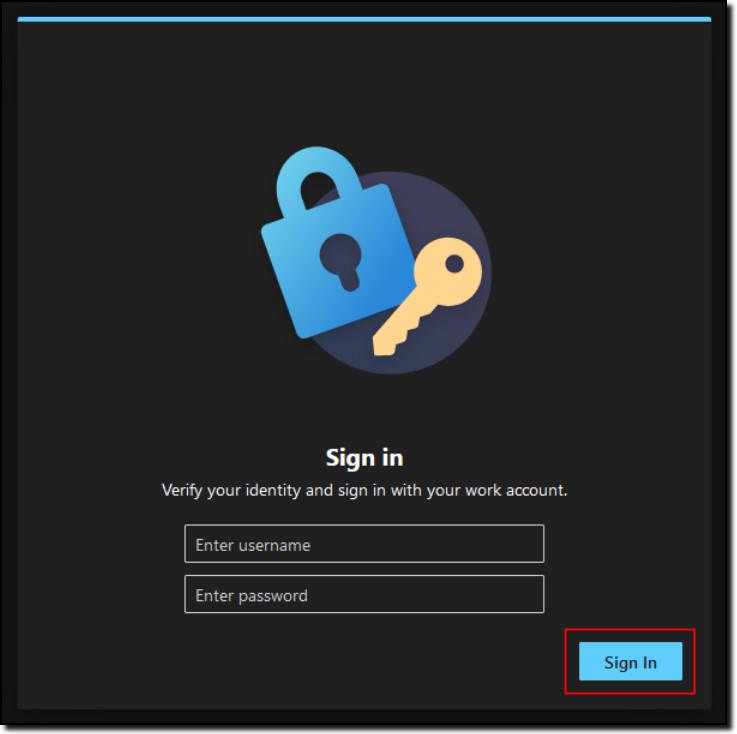
After a successful login, you will see the below loading screen.
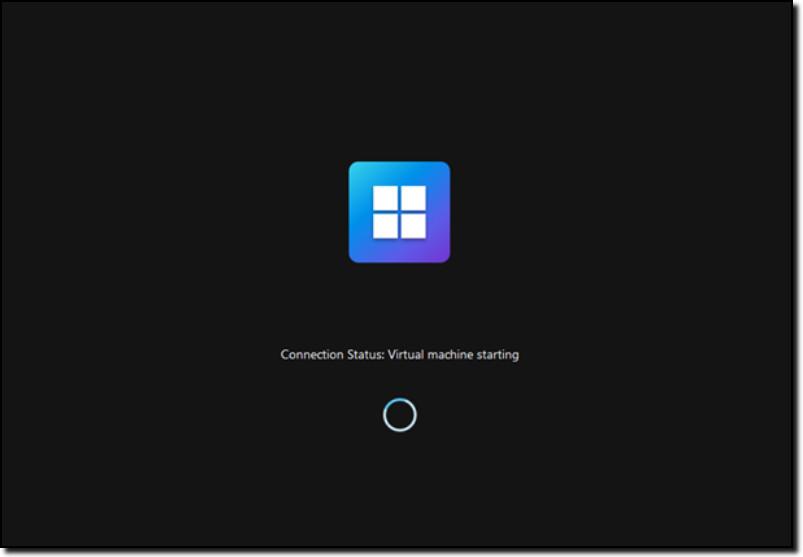
Your VM will then prepare Windows for you.

You should now have access to your VM within a browser window. For more information on using the workspace see Using your workspace.
Note: You may see an upload button in the toolbar which, intentionally, does not work. You may encounter a success message after uploading but you will not be able to retrieve any files that you have uploaded. If you wish to upload data or packages to the DataLab, please Contact us.

Connect 'Remote Desktop Client for Windows' option
If you are connecting to the 'Remote Desktop client' version of AVD, ensure that your IT department has enabled the correct networking addresses. See Enabling access to the Datalab under 'Azure Virtual Desktop configuration' for more information.
Note: If you intend to use the 'Remote Desktop client' on your organisation's workspace, you will need to contact your internal IT department to make it available to you.
The latest version of 'Remote Desktop client (MSI)' for Windows, ensuring you select the 'MSI' version is available here and for Macintosh is available here.
Note: For the windows version of the Remote Desktop client, the only supported version is the ‘MSI’ version. Other versions, including the Microsoft store version, are not supported and may lead to issues with launching and connecting with your VM.
Once you have access and have started the application, click ‘Subscribe’ as shown below.

You will then be shown a new window that allows you to log into your DataLab account using your DataLab credentials.
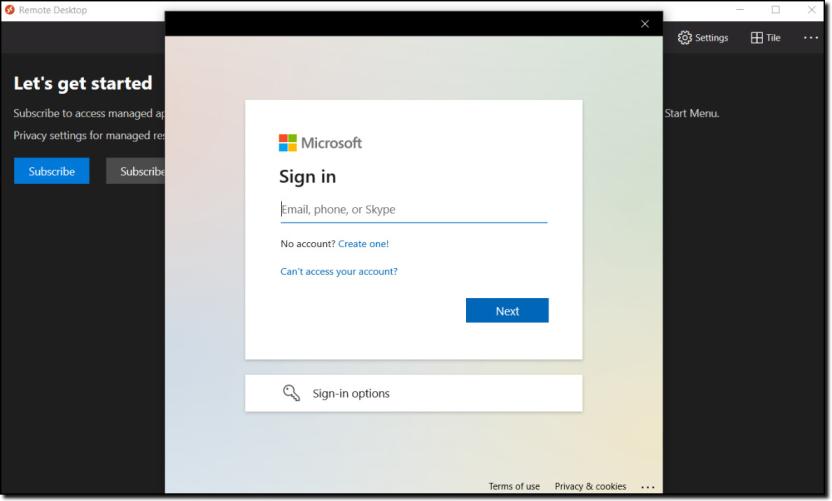
Upon a successful login, you will be shown all your available VMs. If you can’t see the VM that you want, it may be dormant and would require a rebuild.
If you have access to multiple projects you may be shown multiple tabs, one for each project as shown in the image below.
Note: If you wish to use multi-display, right click on your VM icon, click ‘Settings’, and turn off ‘Use default settings’. You should now see options for how you would like to display your VM.

Click into one of the computer icons and you will be taken to a login screen to reconfirm your identity, before access is granted to enter your VM. This may not appear if you have recently logged in, through a similar window.
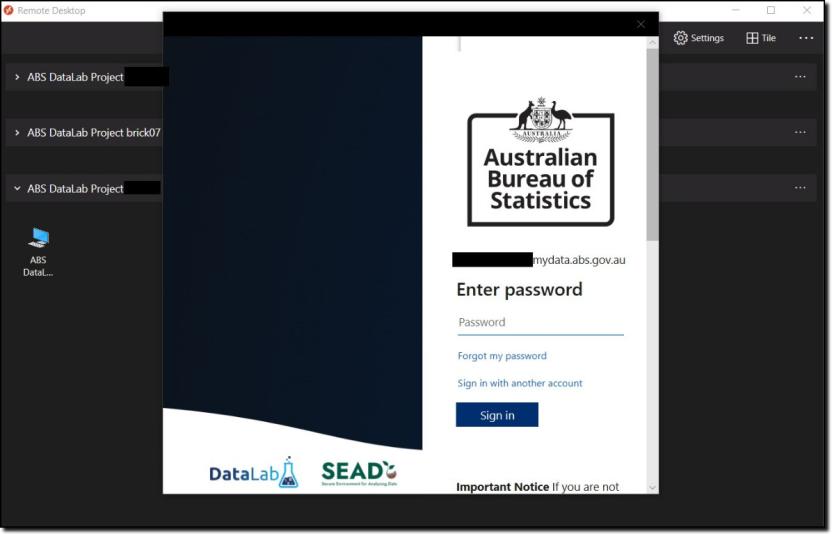
The below loading bar should briefly appear.

If, instead of the second login prompt, you receive a message as shown in the below image, then either your machine is not the active machine or it is not using the AVD version ‘2024avd’ or similar. If your desktop session does not start, repeat Step 1 Activate your VM and check that the version at the bottom of your VM says ‘2024avd’ or similar.

You will then be presented with another login screen for the VM itself.

You should then have a new window open on your computer with your VM desktop open.
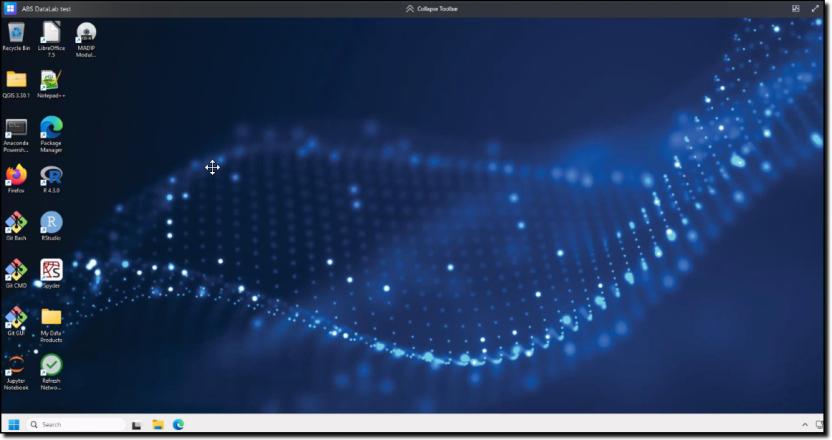
For more information on using the workspace see Using your workspace.
Connect using ‘Microsoft Remote Desktop client for macOS’ option
If you are connecting to the 'Remote Desktop client' version of AVD, ensure that your IT department has enabled the correct networking addresses. See Enabling access to the Datalab under 'Azure Virtual Desktop configuration' for more information.
Download the Microsoft Remote Desktop client from the Mac App Store.
Note: If you intend to use the 'Remote Desktop client' on your organisation's workspace, you will need to contact your internal IT department to make it available to you.
Once you have downloaded and opened the application. Proceed to "Add workspace" from the Connection Centre.
You will need to type in ‘client.wvd.microsoft.com’ (without quotes) and that will take you to a Microsoft login page where you can then add your myDATA credentials (e.g., user.name@mydata.abs.gov.au).
From there you should be able to see your virtual machines. You will still need to ‘activate’ the machine you wish to use in the DataLab Portal.
First time use/new phone steps
The DataLab uses two factor authentication to provide a secure log in environment. You need to download the Microsoft Authenticator app to your smart phone to use the DataLab.
Open https://datalab.abs.gov.au and enter your credentials.
The first time you log in, enter the username and password provided to you by the ABS.
If you are using a new phone, refer to the Contact us page for system support. An ABS system administrator will need to reset your Authenticator.
Note: all DataLab accounts use the @mydata.abs.gov.au domain format.
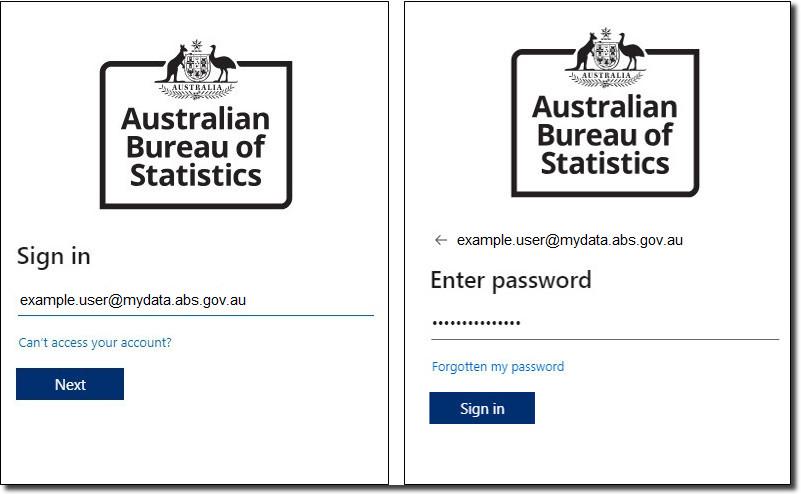
If you are switching to a new phone (not new account) you will be given the screen ‘More information required’, click ‘Next’.
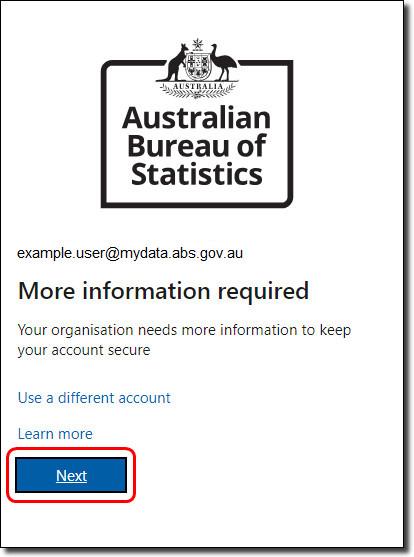
This will direct you to Step 1 of setting up your Microsoft Authenticator application. Download the Microsoft Authenticator app to your smart phone from the App Store (for iOS) or Google Play (for Android). Make sure that the authenticator is published by Microsoft, as the ABS DataLab only supports Microsoft Authenticator.
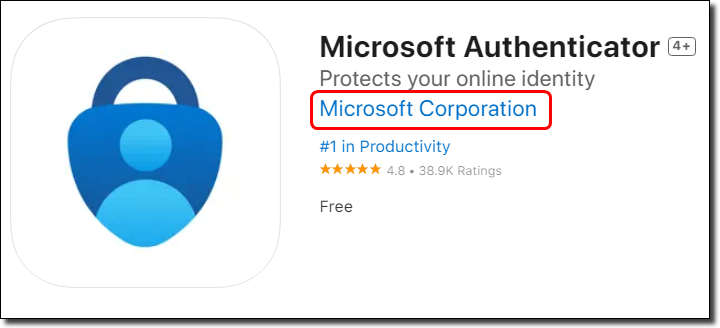
Once you have fulfilled the initial requirements noted for Step 1, proceed by clicking ‘Next’.
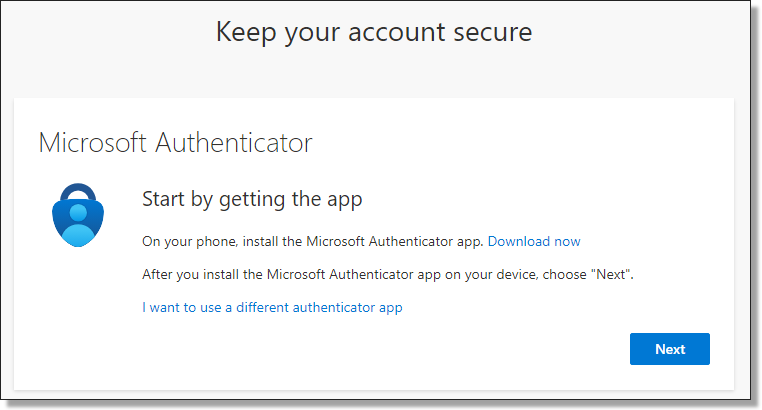
You will then be guided to open your downloaded Microsoft Authenticator app and add a ‘Work or school account’.
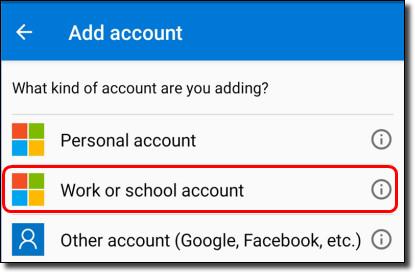
Once you have selected a 'Work or school account', click ‘Next’ from your browser.

The following screen presents a QR code to scan using your Microsoft Authenticator app.

Initiate the scanning function on your phone, then hover your phone over the QR code shown on your browser screen.
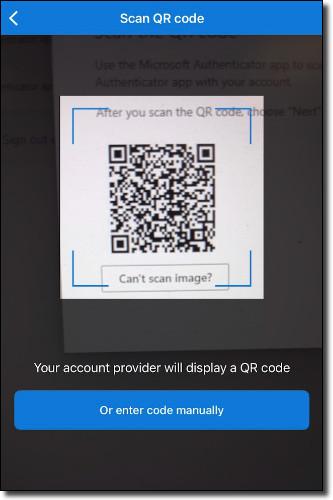
Once scanning is complete, click ‘Next’ on your browser screen. You will be asked to enter the security number shown on your browser screen into your Microsoft Authenticator app, once complete, click ‘Next’.

After entering the security number and receiving approval from your Microsoft Authenticator application, you will see a ‘Notification Approved’ confirmation on your browser. Click ‘Next’ to proceed to Method 2 of setting up your multi-factor authentication.
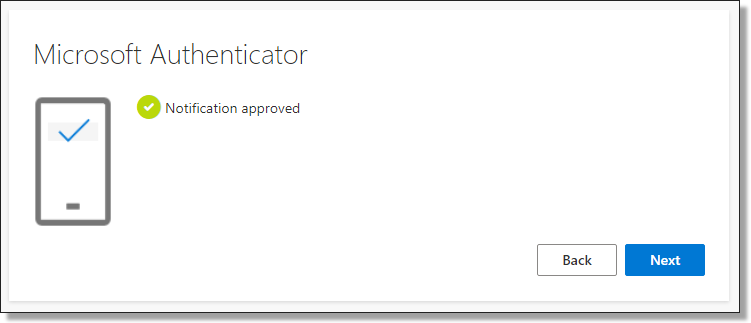
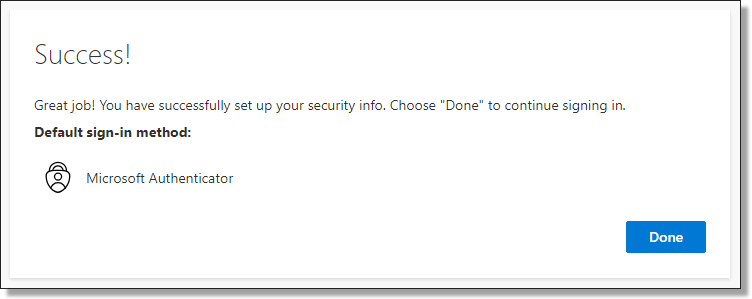
Once verified, select ‘Next’ and then ‘Done’ to return to the sign in page.
Set up a new password for your account. Your password cannot contain your user ID. It must be a minimum of 8 characters and contain at least three of the following:
- upper-case letters A – Z
- lower-case letters a - z
- numbers
- special characters @ # $ % ^ & * - _ ! + = [ ] { } | \ : ' , . ? / ` ~ " ( ) ;

You can then log in to your account using your new password.
Reset your password
If you forget your password click on the ‘Forgotten my password' link. If you have received a notification to reset your password while in your VM, log out and then click on the ‘Forgotten my password' link.
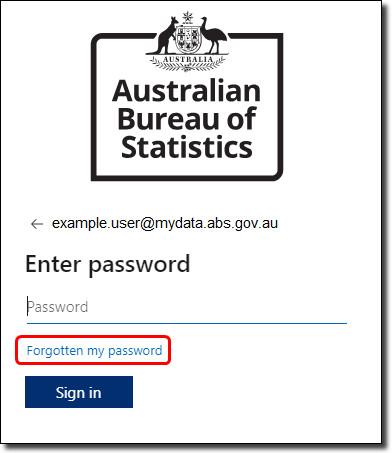
Your user ID is populated for you. Enter the characters in the picture, or words in the audio, then click 'Next'.

The next screen takes you to Step One of verifying your account. Choose from the options in the left-hand column.

Enter the verification code you received via email, or the approval notification or code from the Microsoft Authenticator app.
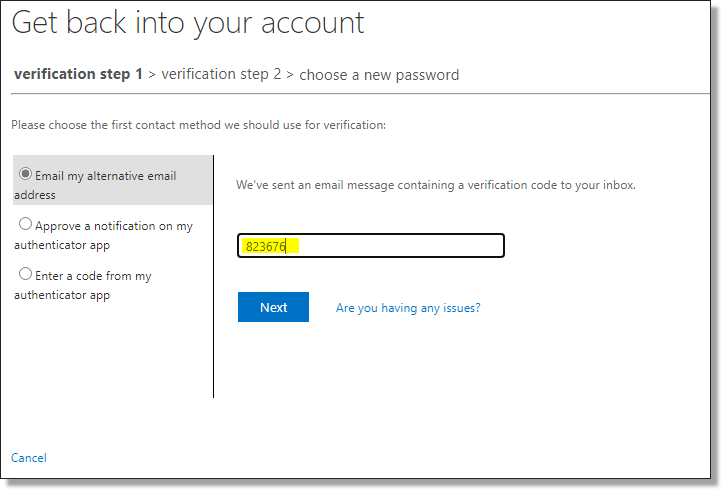
Enter your new password, ensuring it has a minimum of 8 characters and contains at least three of the following:
- upper-case letters A – Z
- lower-case letters a - z
- numbers
- special characters @ # $ % ^ & * - _ ! + = [ ] { } | \ : ' , . ? / ` ~ " ( ) ;
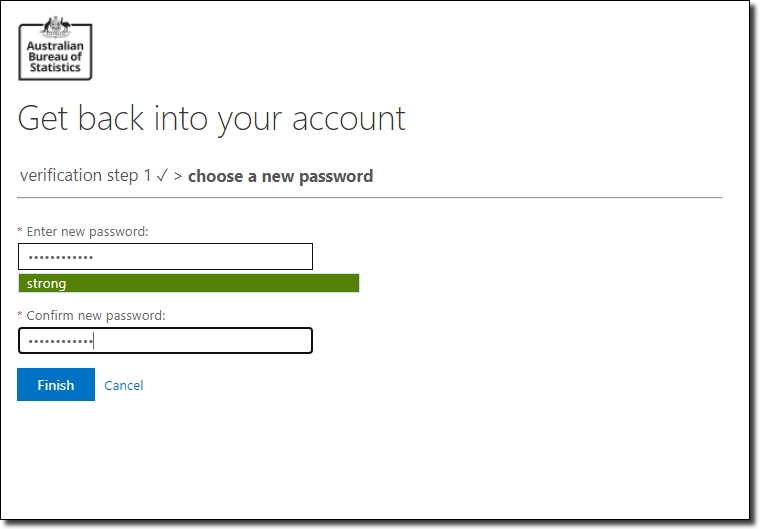
The following screen is displayed once your password has been reset. Select the ‘click here’ link to sign in with your new password.
